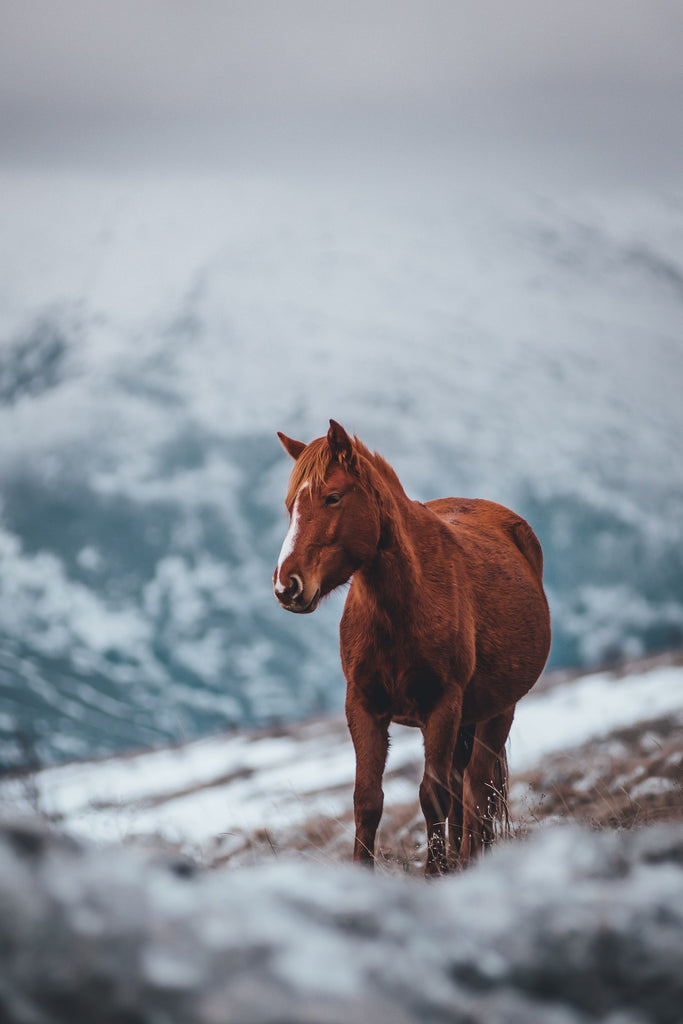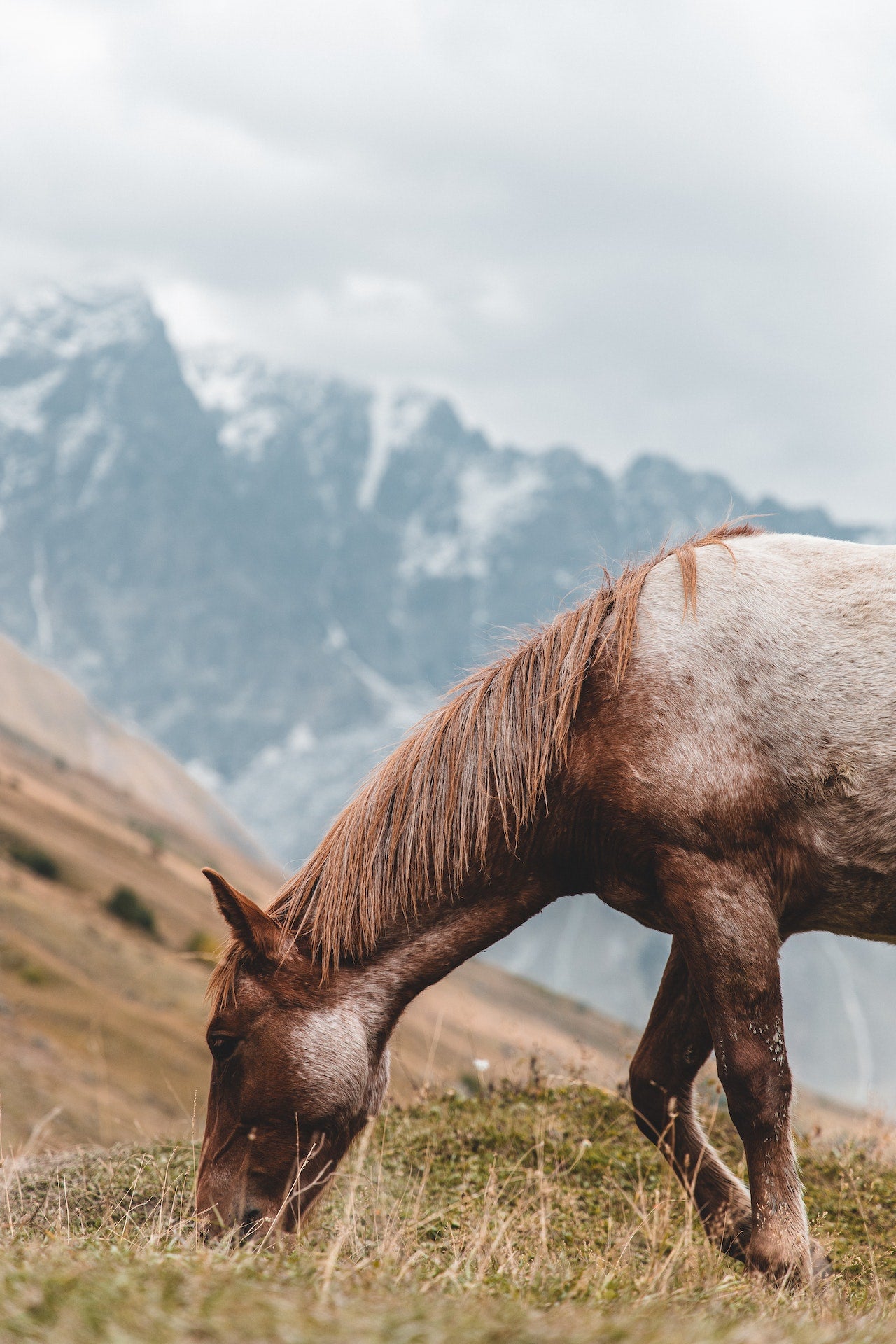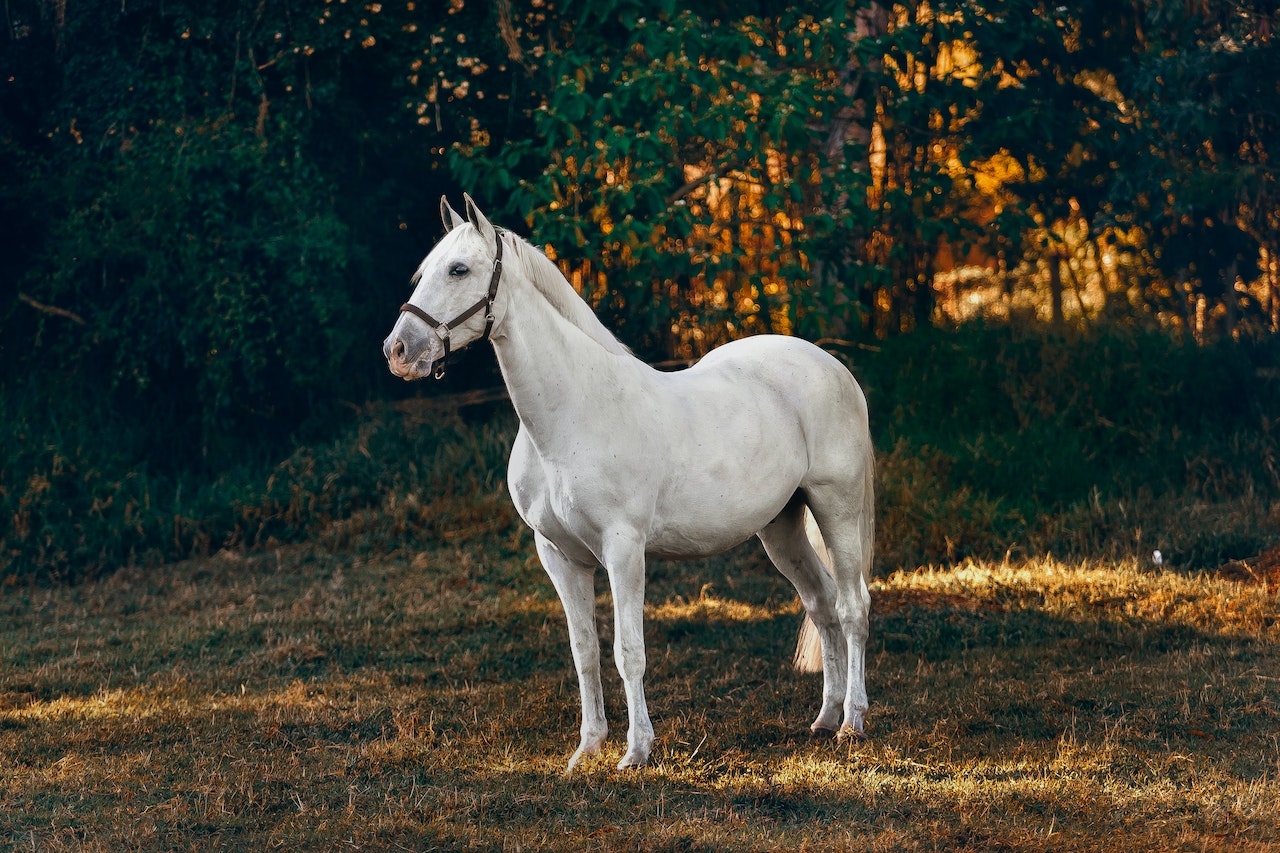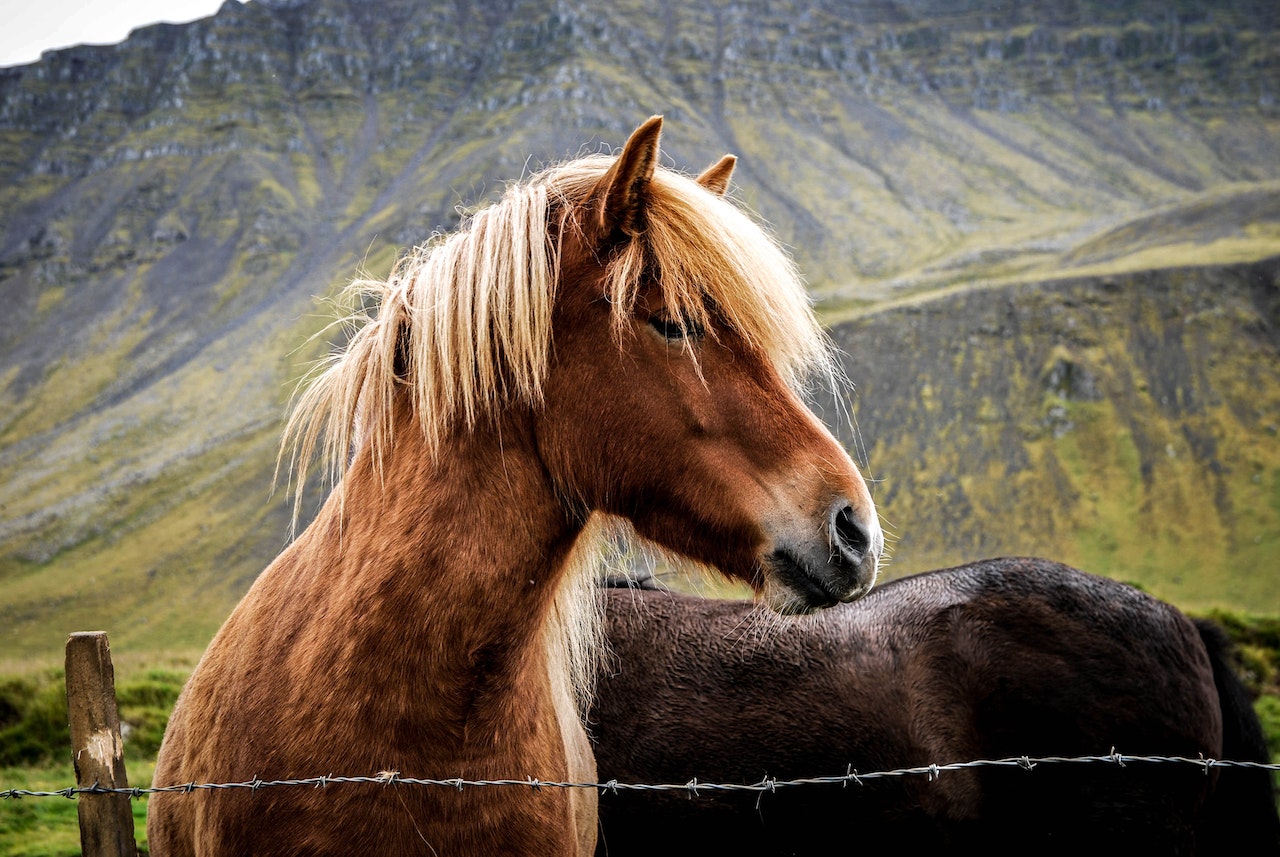
Grass-fed Goodness: Exploring the Benefits and Considerations of Feeding Fresh Cut Grass to Horses
Horses are revered for centuries as magnificent herbivores with a fondness for grazing. Because of their special digestive system, which is made to thrive on a diet high in fibre, grass is an essential part of their diet. While hay and other forage sources are frequently given to horses, it is impossible to deny the appeal of freshly cut grass as a feed choice.
We go into the fascinating subject of feeding horses freshly cut grass in this post. In this article, we'll examine how grass functions in a horse's diet and discuss its advantages and nutritional worth. Freshly cut grass may be a pleasant addition to their regular diet since it increases palatability and encourages natural chewing behaviour.
But there are certain things to think about, just as with any dietary modification. We will go through the significance of grass quality, possible stomach upset hazards, and the necessity of a balanced diet. Freshly cut grass may be very useful, but to preserve the horse's general well-being, it is crucial to find a healthy balance.
Join us as we explore the world of feeding horses freshly cut grass and learn how to provide a balanced and healthy diet.
Can Horses Eat Fresh Cut Grass?
Yes, horses can eat fresh cut grass. In fact, grass is the primary component of a horse's diet. Horses are herbivores and grazing animals, so they are well adapted to consuming grass as their main source of nutrition. Fresh cut grass can be a nutritious and palatable food for horses, especially if it is of good quality and free from any harmful substances such as pesticides or toxic plants.

Fresh Cut Grass
Freshly mowed or harvested grass is referred to as fresh cut grass. It is a healthy and bright fodder choice for horses. Compared to dried hay, newly cut grass usually has a higher level of tenderness and flavour because it keeps its natural moisture content. As a result, it is a tasty and enticing supplement to a horse's diet.
The key elements that horses need for good health are abundant in freshly cut grass. It is an excellent supply of fibre, which supports gut health and a functioning digestive system. In addition to vitamins, minerals, and carbohydrates, grass adds to the diet of horses' overall nutritional balance.
Freshly cut grass appeals to horses' natural grazing inclinations, which is one advantage of giving it to them. Giving horses access to fresh grass can satisfy their innate behavioural demands because they are natural grazers. Chewing on grass encourages saliva production, which helps break down food and wards off digestive problems like colic.
The Role and Benefits of Fresh Cut Grass in Equine Nutrition
Fibre and Digestive Health
The long-stemmed kind of dietary fibre, which is abundant in fresh cut grass, is particularly good. Horses have a special digestive tract that is made to effectively digest fibrous plant matter. The act of chewing and digesting grass encourages a healthy digestive system, aids in the prevention of gastrointestinal diseases, and lowers the risk of colic and stomach ulcers.
Nutritional value
Grass offers a variety of vital nutrients to horses. It includes minerals (such as calcium, phosphorus, and magnesium) for bone strength and other physiological processes, proteins for muscle growth, vitamins (including Vitamins A and E), and carbs for energy.
Hydration
Fresh grass has a high water content, which helps a horse stay hydrated. This is especially helpful when horses need to drink more water because of extreme heat or physical exertion.
Dental Health
Chewing on grass helps horses' teeth stay in good condition. Because grass has an abrasive texture, it helps wear down baby teeth as they continue to erupt, avoiding dental problems and fostering a sound bite.
Encourages Natural Chewing Behaviour
Horses must chew while grazing on new grass, which helps to maintain good dental hygiene and the normal ageing of their teeth. The act of chewing encourages the creation of saliva, which helps with digestion and guards against tooth issues.
Psychological and Behavioural Health
For horses, grazing on grass comes naturally. Giving them access to grass not only meets their physical nutritional needs but also satisfies their grazing instincts, stimulating their minds and improving their general well-being.
Considerations for Feeding Fresh Cut Grass to Horses
Quality of Grass
The quality of the freshly cut grass is quite important. Pesticides, fertilisers, hazardous plants, and other undesirable elements should not be present. Make sure that no chemicals that might be harmful to the horse's health have been used to treat the grass.
Gradual Incorporation
It's crucial to gradually incorporate freshly cut grass into a horse's diet. Colic or stomach discomfort might result from abrupt dietary changes. Offering tiny doses at first and increasing them gradually over a few days or weeks will allow the horse's digestive system to adjust.
Nutritional Balance
Although recently cut grass offers important nutrients, it might not be enough to satisfy a horse's whole nutritional needs on its own. Examine the food as a whole to make sure it is balanced and contains other essential elements like good hay, grains, and the right vitamins. This is crucial if the horse only has intermittent access to fresh grass or if the quality of the grass varies.
Availability and Seasonal Changes
Fresh grass is sometimes more or less accessible depending on the season and temperature. Alternative fodder sources like hay or haylage should be offered to guarantee a constant supply of fibre and nutrients during times when access to fresh grass is restricted or non-existent.
Moderation and Monitoring
Fresh grass is advantageous, but it's crucial to avoid overfeeding or making abrupt dietary changes. Start with a modest amount and build up the amount gradually over time. To make sure the horse is consuming the new grass well, keep an eye on their overall health, digestion, and body condition.
Potential Risks
Colic and Digestive Distress
Colic and digestive distress can result from abrupt food changes, such as introducing freshly cut grass too soon or in big quantities. To reduce this danger, gradually add new grass to the horse's diet over a period of days or weeks so that their digestive system has time to acclimatise.
Toxic Plant and Substance
Make sure there are no hazardous plants or dangerous compounds, such as pesticides, herbicides, or fertilisers, in the freshly cut grass provided to horses. To reduce the risk of ingestion, periodically examine the pasture and eliminate any potentially dangerous plants.
Imbalances in nutrients
It's possible that fresh grass may not fully balance all the nutrients required for a horse's best health. To make sure that the horse's nutritional demands are satisfied, it is crucial to assess the food as a whole and supplement it as necessary.
Concluding Words
Feeding freshly cut grass may enhance the horse's delight, natural behaviour, and general vigour with the right safeguards and care. You may provide them with a nourishing and satisfying diet that promotes their utmost health and happiness by prioritising their well-being and getting professional advice.



